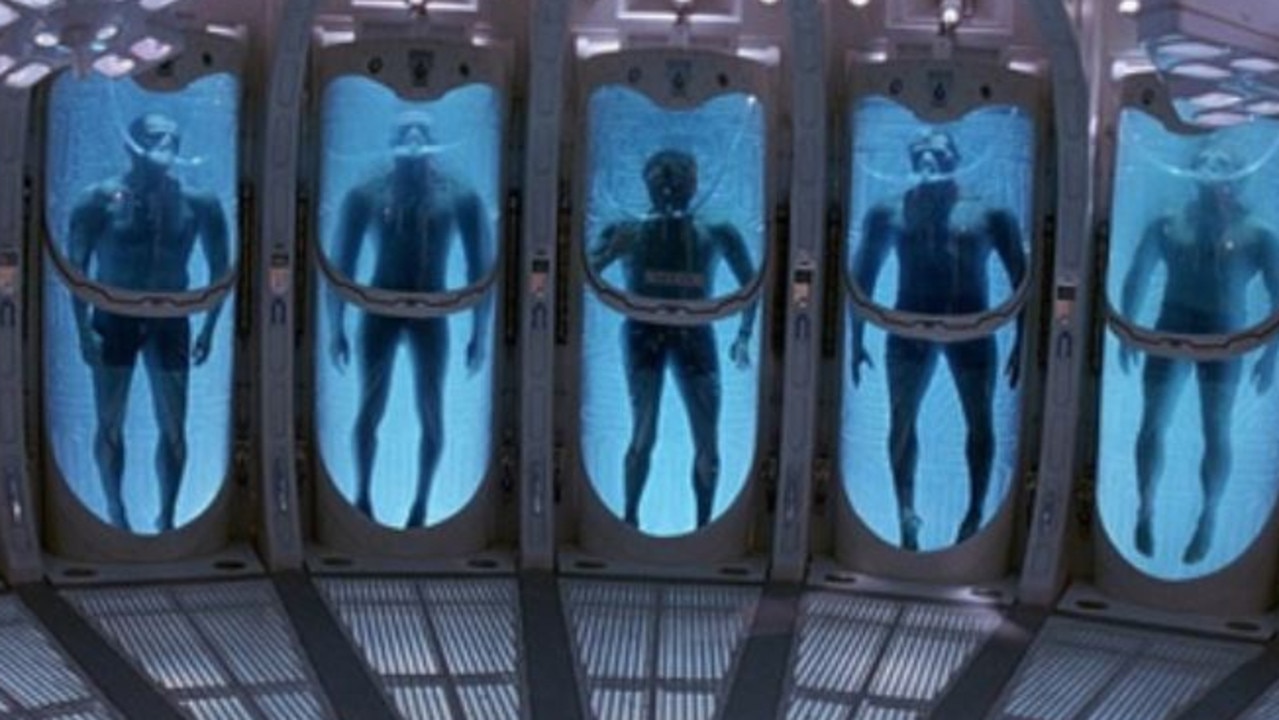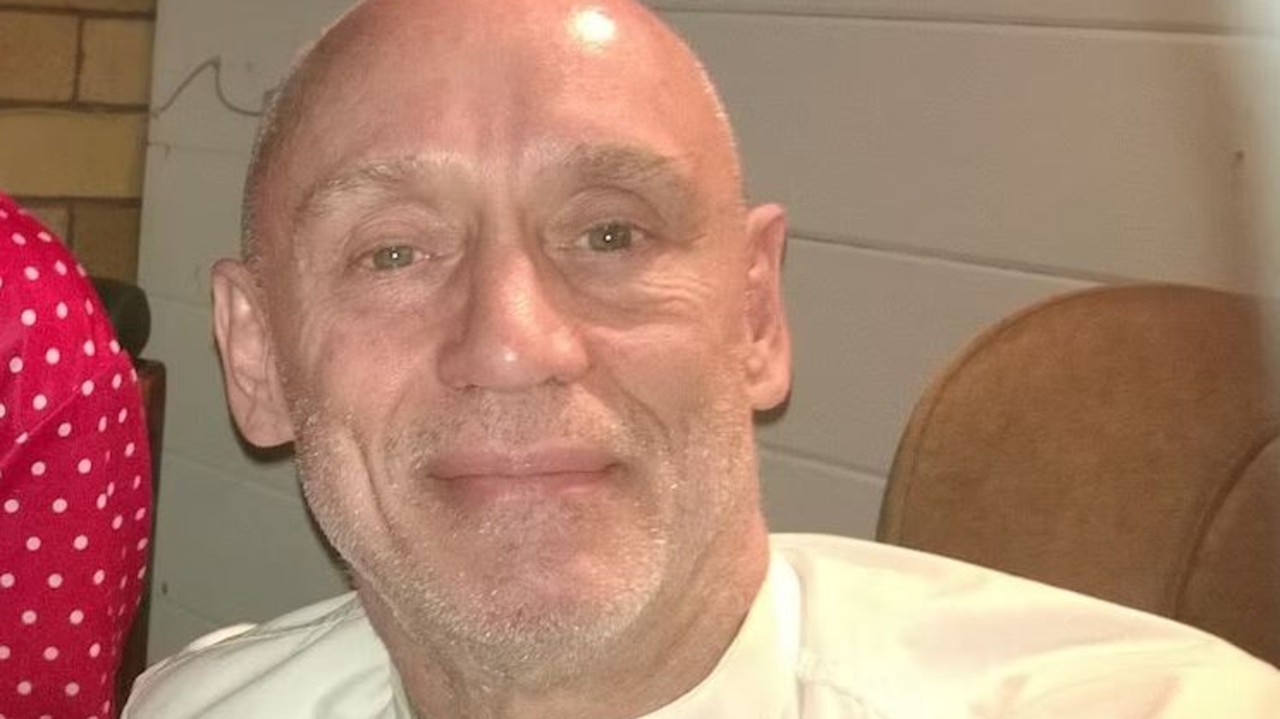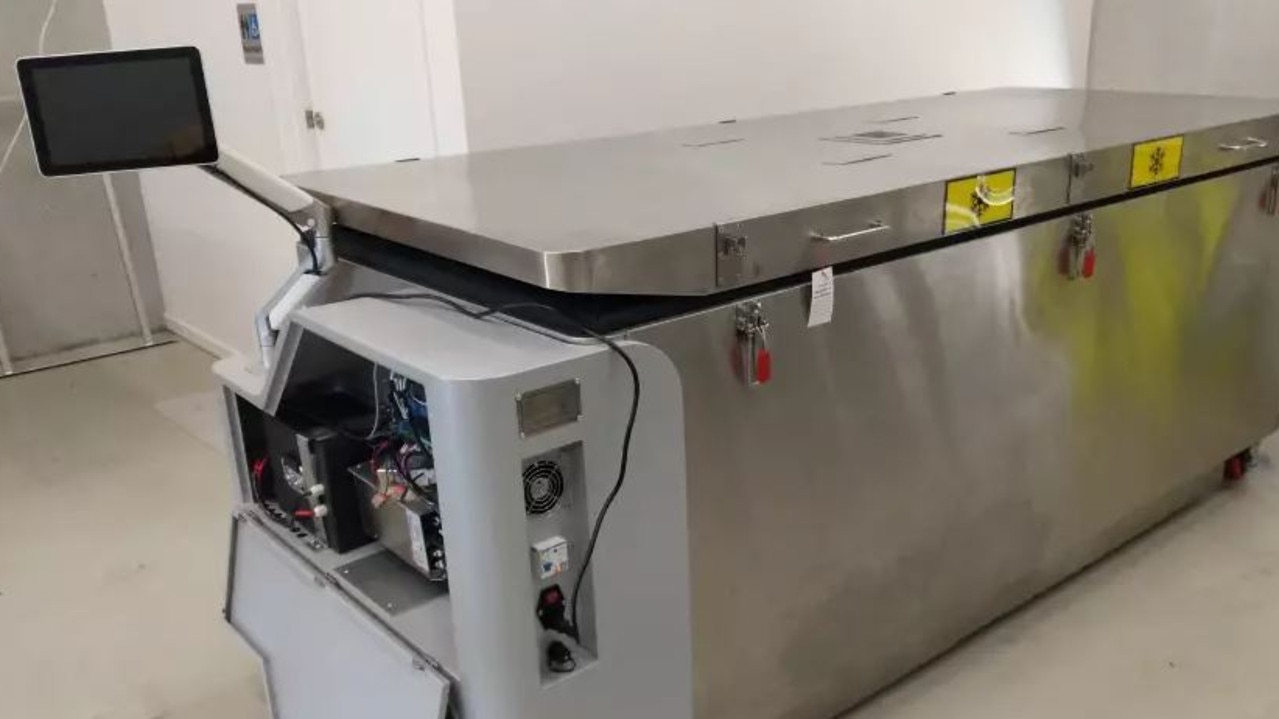First Aussie in history has been cryogenically frozen after death
A Sydney man has become the first Australian to be cryogenically frozen after death in the hopes of being brought back to life.
An Australian man has become the first person in the Southern Hemisphere to be cryogenically frozen after death.
Phillip Rhoades, owner of Southern Cryonics, announced staff had successfully frozen their first client in the hopes he can be brought back to life in the future.
The Sydney man, who died earlier this month in his 80s, had become what the company refers to as ‘Patient One’.
The process of freezing the deceased man at their facility in Holbook, New South Wales, as “complex” and caused Rhoades to “lose sleep”.
While they had been ready and preparing to accept bodies from this year, their first client was slightly unexpected.

“It very stressful, Rhoades told the ABC.
“That was what was keeping me awake for a week because there are a number of different procedures to go through for different days, and there were a number of situations that might have gone wrong if we hadn’t prepared properly.
“There were a couple of other people who were existing members who we thought might be likely candidates for being the first but, as it turned out, it was someone who wasn’t an existing member.
“His family rang up out of the blue and we had about a week to prepare and get organised.”
After the man died on May 12 in a Sydney hospital, the freezing process – which costs around $170,000 – began immediately.

Rhoades said he quickly caught a train to the hospital, stopping to collect bags of ice from a store along the way.
After the client’s death certificate was produced, his body was swiftly moved to the hospital’s cold room before being moved to A O’Hare Funeral Directors.
Experts then pumped a liquid through the body to preserve cells and packed the body in dry ice, bringing it down to minus 80 degrees celsius.
The next day, the man’s body arrived at Southern Cryonics’ facility, where it was brought down to minus 200 degrees celsius before being placed in a special tank that acts like a vacuum storage pod.
The intensive 10-hour process is all in the hopes that the man might be brought back to life years or even centuries into the future.

“We went through using crash test dummies and other things to make it as real as possible for all the testings that we went through, so all of that groundwork paid off,” Rhoades added.
The process cost the client $170,000 with additional fees for medical teams to help with the preservation process.
The Holbrook facility currently holds one dewar that fits four bodies, with another being purchased soon.
The site can fit up to 40 bodies with the possibility for expansion, which may soon be needed.
More than 30 founding members have paid $50,000 each to kickstart the facility, which secures them a preservation space. There are also another 10 annual members on the list.

Many have wondered what the future holds if they were to come back to life after being cryogenically frozen.
“In 50 to 100 years we believe we will have the capability to upload the mind to a virtual world,” a clip on the Southern Cryonics website explains.
“Modern developments going on now... will start coming to fruition.
“In 250 years, it will be likely that medical technology will be available to shift your mind to a healthy young body in the real world should you wish.
“You will have all the knowledge of the past plus all the knowledge of the virtual world.”






